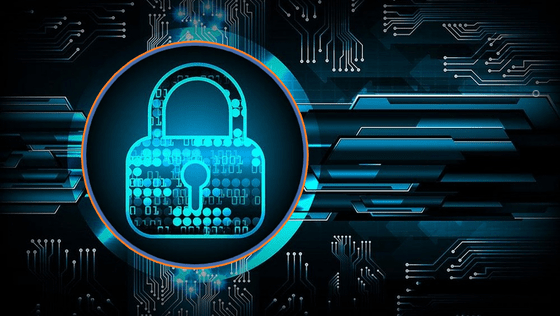Business Data Security And Remote Working
Location flexibility is one of the benefits of telecommuting, but as remote working becomes standard practice, information security becomes more of a concern.
From employees using unsecured Wi-Fi networks to workers bringing their own unsecured devices, remote work has added additional levels of security related concerns for organizations and their data.
71% of business decision makers believe that the shift to remote working during the Covid-19 pandemic has raised the likelihood of a cyber-attack.
– According to new data released by independent polling company Censuswide.
Organization leaders and their employees need to accept mutual accountability in doing what they can to protect sensitive data.
To start, business leaders should allocate funds to educate employees in regard to data security and how everyone is responsible for protecting it. They also need to initiate certain practices and procedures that will strengthen data security within their organizations.
Remote workers must also prioritize data security education and best practices, then commit to those measures.
So, what can companies and their remote workers do to protect their data? Here are few aspects to consider.
Have a BYOD Policy in place
To avoid any unnecessary disputes and the costs associated with them, it is recommended to have a carefully drafted BYOD policy in place with employees. Not having a structured policy may create disputes over what data is what and it may also compromise intellectual property protection.
Endpoint Security
Installing an endpoint agent with the ability to perform data and malware protection will provide greater assurance into securing the endpoint especially if corporate data resides on the employee’s device.
Keep Passwords Strong | Use a Password Manager
Password protection is another fairly easy way to protect your organization’s data. Some people tend to underestimate the importance of password access, using the same password from device to device- account to account. Educating remote workers about password protection is crucial to securing sensitive data. Start with the basics of how to keep passwords strong and why it is so important to not use the same one over and over.
Another way for organizations and employees to alleviate this risk is by using a password manager that will allow users to randomly generate passwords and store them safely. This way, employees can focus on their daily tasks without needing to remember all their passwords for different accounts. Also, data will remain secure and uncompromised.
Plan for authentication and authorization
Act as if a breach is inevitable to further improve the security of your company. Multi-factor authentication (MFA), monitoring access controls, and creating strong passwords are important hacks that every smart company should know by now.
Many organizations are moving to two-factor authentication (2FA) for their data security management. This method confirms a user’s identity by first requiring a username and password, as well as another piece of information, whether it be an answer to a “secret question” or maybe a PIN sent to the user’s cell phone.
Having the right authorization levels is crucial. Especially for remote workers, having access only to the necessary applications and features is the best way to go. Companies must develop the habit of granting ‘least privilege’ access rights. This means giving only the minimum permissions required by an end user.
Watch out for phishing threats
Phishing threats that target remote workers are on the rise. Usual phishing strategies include getting employees to engage with suspicious content through what seems to be essential notifications. Phishing threats often include obvious errors such as bad grammar and spelling. Well-trained and aware remote workers will be able to spot these signals.
Consider running simulated phishing campaigns to test your employee’s awareness to potentially harmful emails, from who opened or clicked shady links to who entered credentials or submitted suspicious forms.
Therefore, it is important to develop a remote working culture that takes IT security best practices as a top priority. When it comes to cyber security, organizations should plan for every possibility and leave nothing to chance. Remote workers must be trained to avoid and report any suspicious activity.



